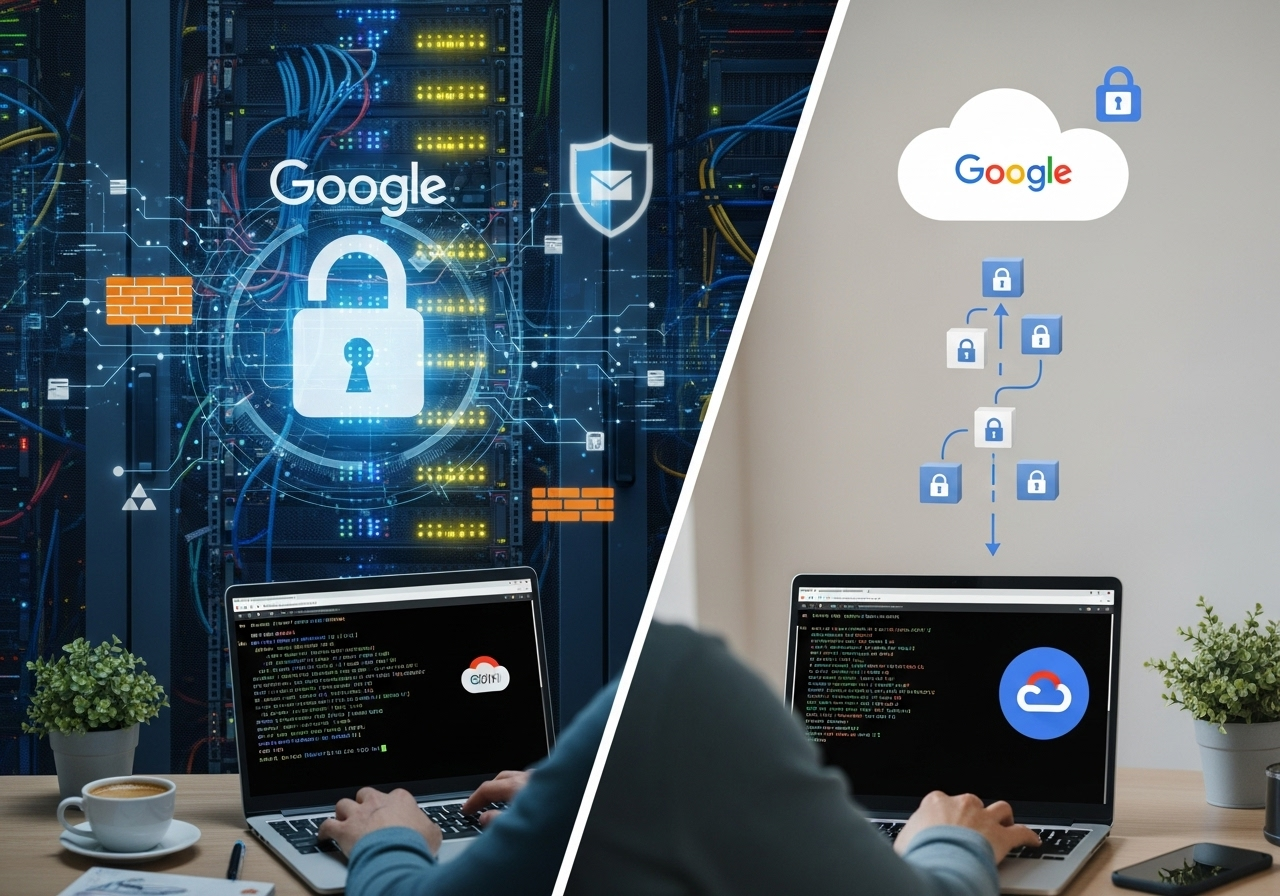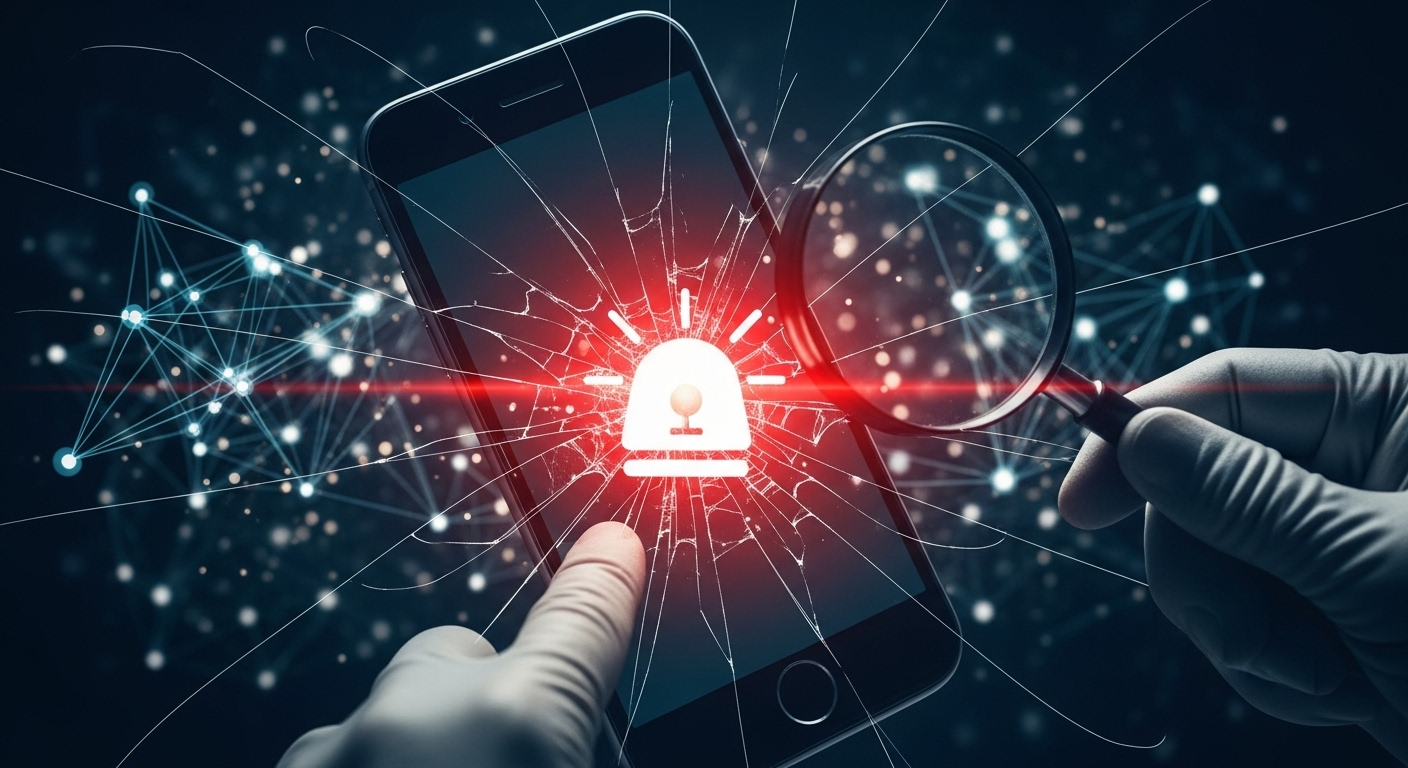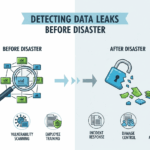Google Enhances Cloud Security for GCE and GKE with New Dashboards
The cloud has become indispensable, driving unprecedented growth. Businesses are increasingly choosing Google Cloud for its scalability, cost-effectiveness, and agility. However, as adoption surges, so do the threats. To address this, Google has enhanced the security of Google Compute Engine (GCE) and Google Kubernetes Engine (GKE) with new dashboards, powered by Security Command Center, making cloud security more accessible and effective.
The Problem: A Fragmented Security Landscape
Managing cloud security can be complex. Traditionally, security and development teams often operate in silos, leading to communication breakdowns, overlooked vulnerabilities, and delayed incident responses. The new dashboards address this by integrating critical security insights directly into the development workflow within GCE and GKE. This unified approach, as highlighted by Christopher Perry on LinkedIn, aims to create a seamless experience where security becomes an integral part of the development process.
Key Features: Integrated Insights, Simplified Security Management
These new dashboards offer a consolidated view of security findings, including vulnerabilities and misconfigurations, providing developers with immediate visibility into potential issues. This direct access fosters collaboration, accelerates incident response times, and significantly strengthens the overall security posture. This represents a game-changing improvement.
- Faster Vulnerability Detection: Quickly identify and address security weaknesses.
- Improved Teamwork: Bridging the gap between security and operations teams.
- Enhanced Security Posture: Reduce the risk of breaches and incidents, safeguarding valuable data.
The Competitive Advantage of Google Cloud
In the competitive cloud market, differentiation is crucial. By deeply integrating security into GCE and GKE, Google is making a strategic move to simplify security management, making Google Cloud a more attractive option. This seamless user experience gives Google Cloud a significant competitive edge, allowing it to effectively compete with other leading cloud providers. For example, the dashboards can help developers identify and remediate misconfigured storage buckets that could expose sensitive customer data, or detect vulnerabilities in container images before deployment.
Looking Ahead: The Future of Cloud Security
The trend is clearly towards greater integration, automation, and user-friendly tools. AI-powered security solutions, such as the CryptoGuard prototype, and model-driven dashboards, like those enabled by the Mod2Dash framework, are paving the way for enhanced security capabilities. Google is positioned to lead this evolution by continuously innovating and integrating security seamlessly into its product offerings.
Strategic Implications for Your Business
Adopting these new dashboards is a strategic imperative for businesses operating in the cloud. The benefits are clear: reduced security incident costs, improved regulatory compliance, and increased customer trust. This approach empowers developers to proactively address security concerns, creating a more secure and resilient cloud environment. By proactively identifying and mitigating threats within GCE and GKE, businesses can minimize downtime and protect their reputations.
The Bottom Line
Cloud security is no longer a secondary concern; it is a core business function. With Google’s new GCE and GKE dashboards, businesses can move towards a more proactive and integrated security strategy. Stay vigilant, adapt your security plans, and leverage the power of these tools to build a strong, secure cloud foundation.


